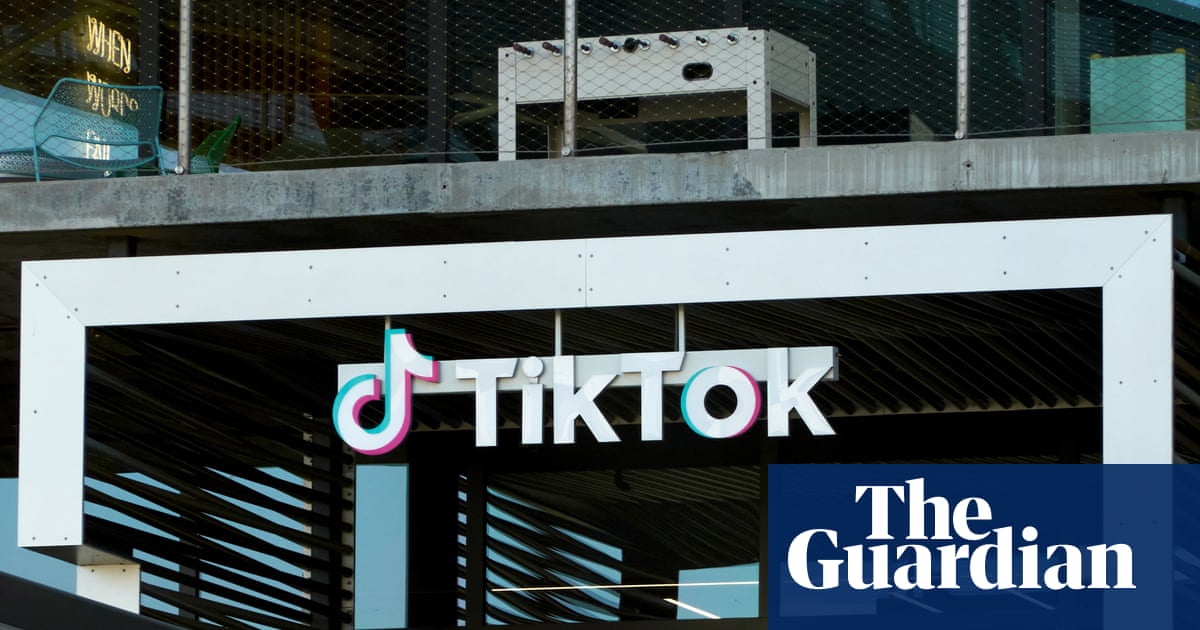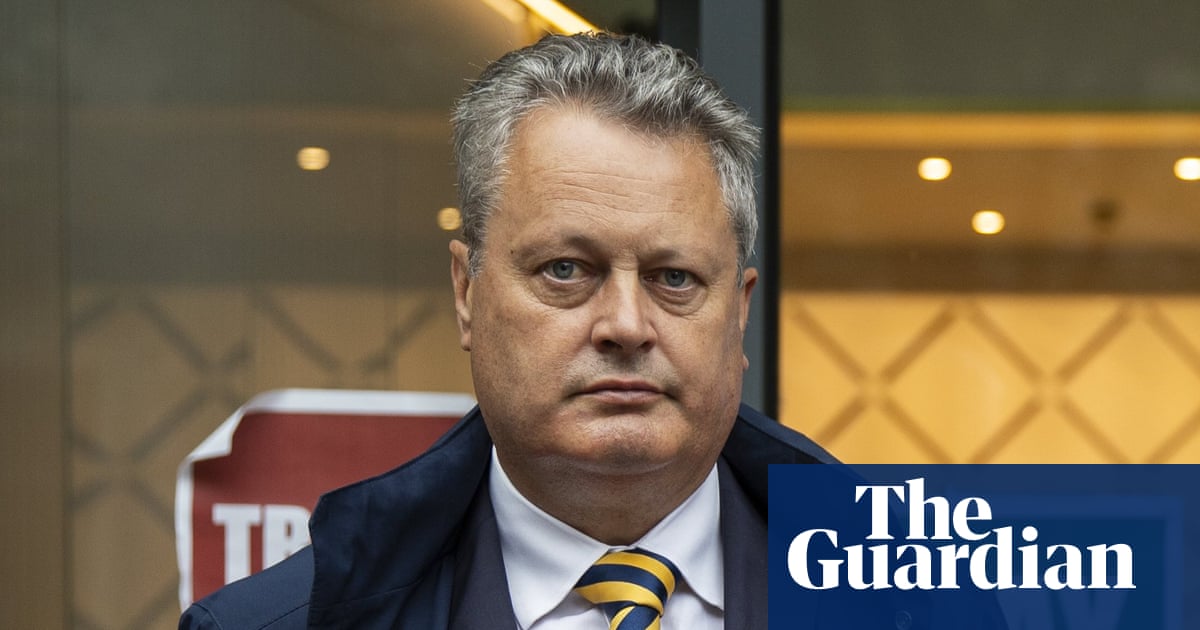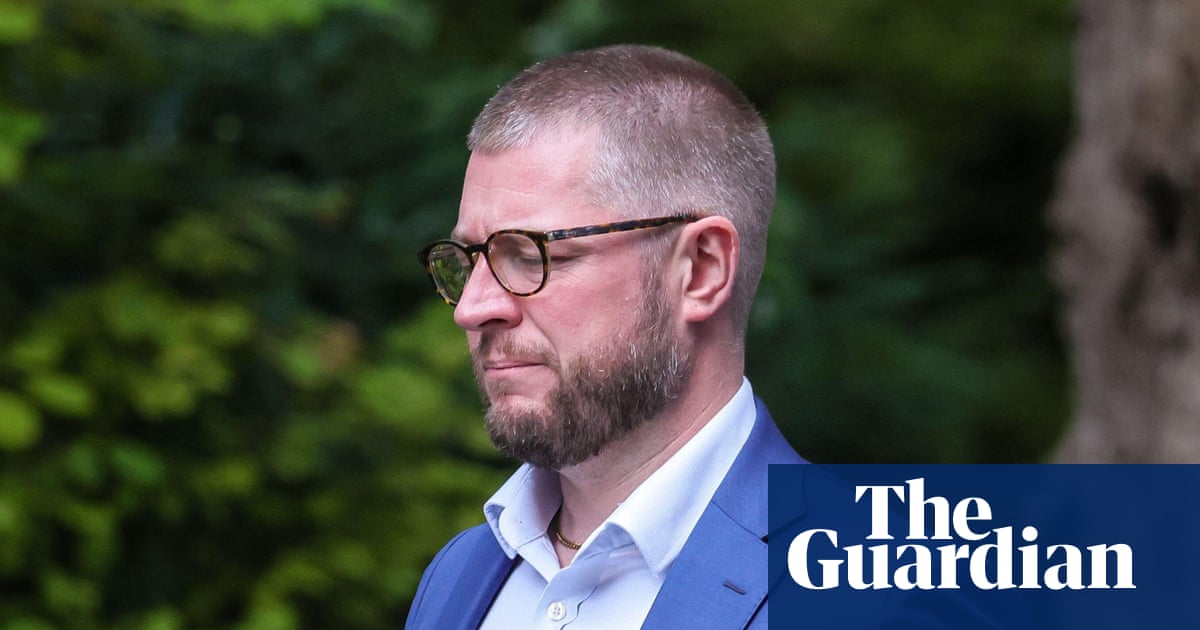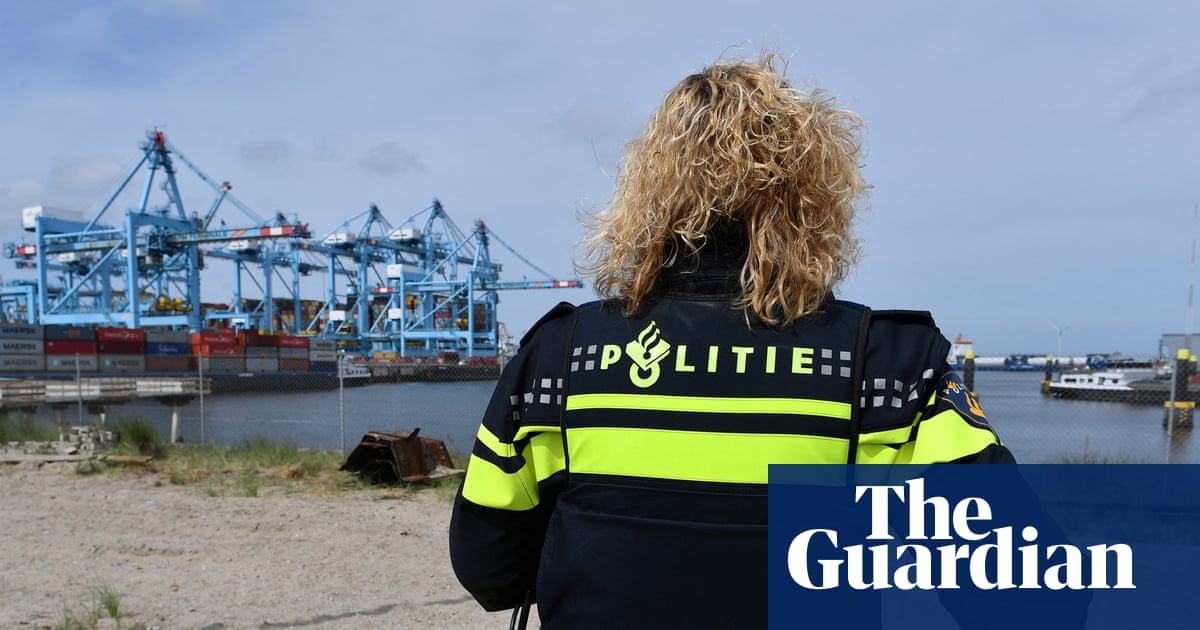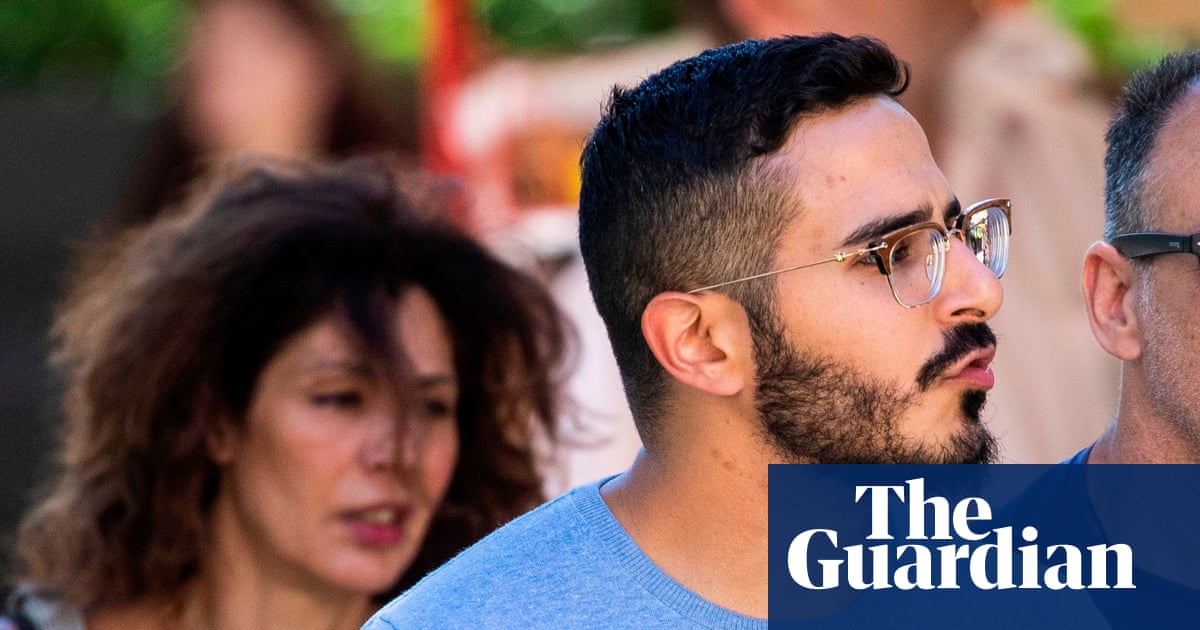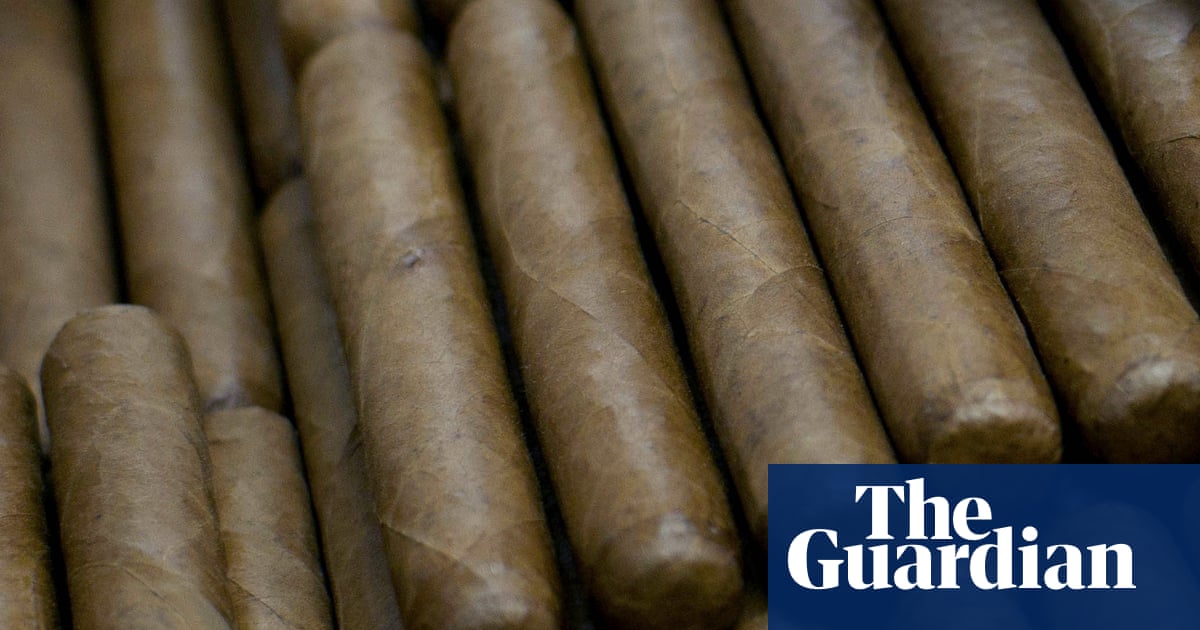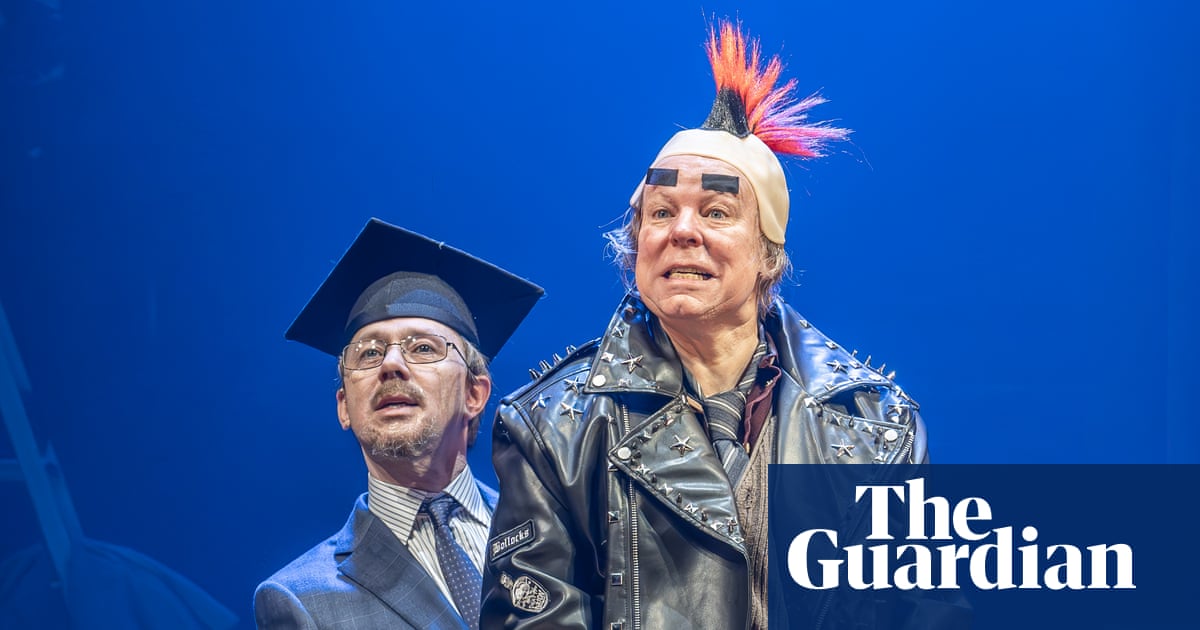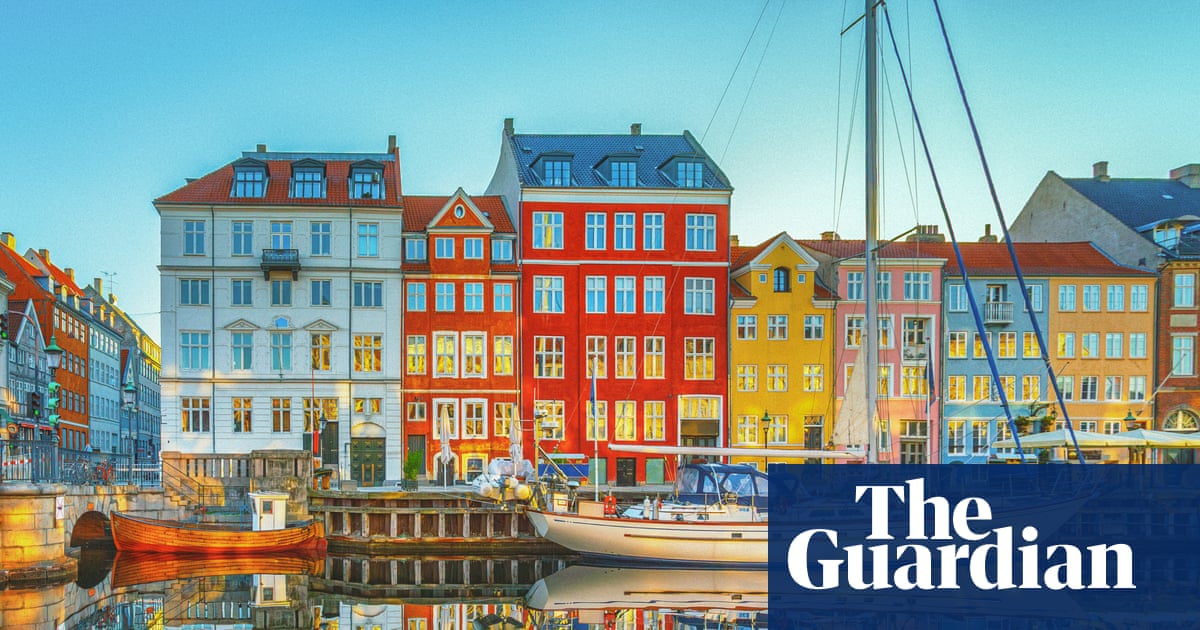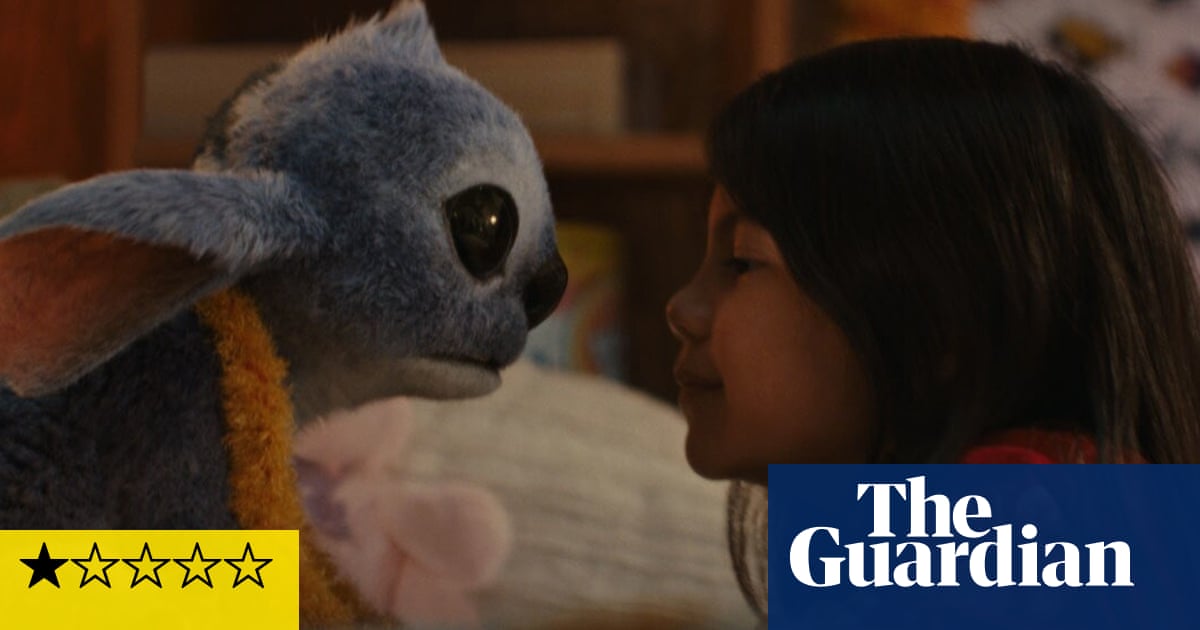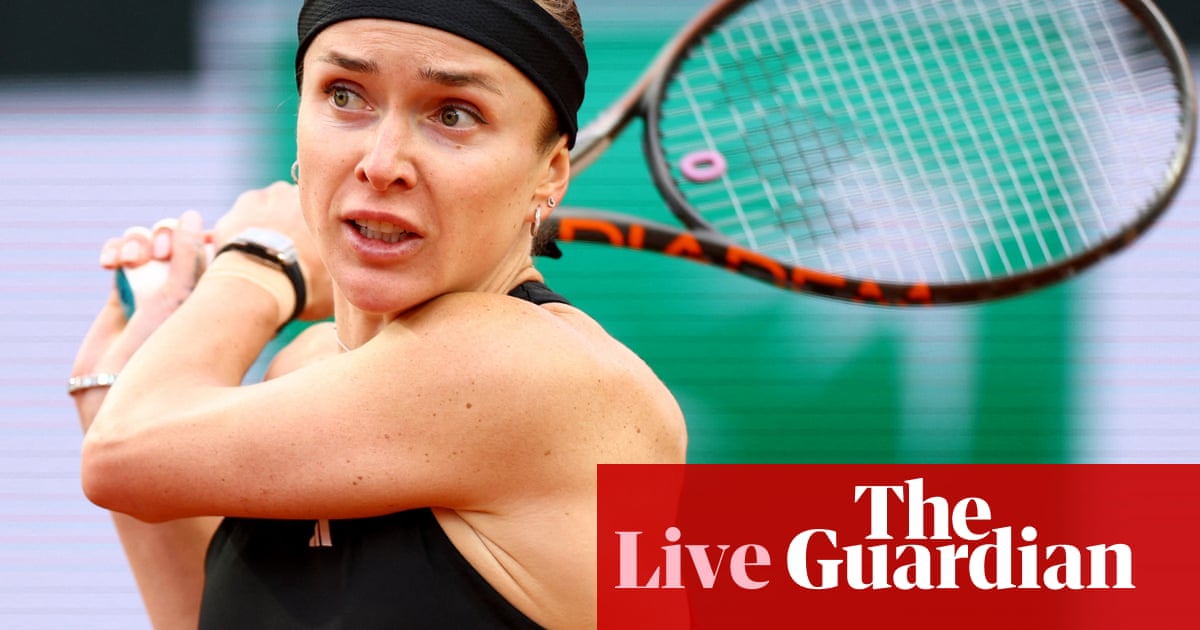A taskforce of experts looking into the mass bleaching and decline of Florida’s delicate coral reefs is planting more than 1,000 nursery-grown juveniles from the reef-building elkhorn species in a new effort to reverse the tide of destruction.
Record ocean heat in 2023 hastened the death spiral for reefs in the Florida Keys, which have lost 90% of their healthy coral cover over the last 40 years, largely because of the climate emergency, according to the National Oceanic and Atmospheric Administration (Noaa).
Marine biologists from the Keys Marine Laboratory of the University of South Florida (USF) partnered with scientists from Tampa’s Florida Aquarium to develop a large-scale restoration project involving elkhorn coral, which is critically endangered but also one of the fastest-growing and most resilient species.
Earlier this month, the USF facility in Long Key, halfway along the ecologically fragile Florida Keys island chain, took delivery of 1,050 young elkhorn corals spawned between 2022 and 2023 at the aquarium’s conservation and research center in Apollo Beach.
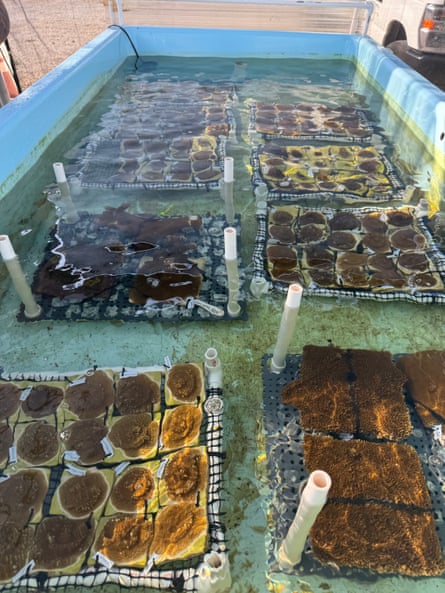
The corals are acclimatizing in temperature-regulated seawater beds in Long Key. They will be distributed to research partners including the Coral Restoration Foundation, the Mote Marine Laboratory, Reef Renewal USA, and Sustainable Oceans and Reefs for planting at seven designated offshore sites around the Keys during the next two months.
Teams will monitor their progress over the following months and years. While project managers say not all will survive, they hope some of the juveniles will thrive and grow, and the knowledge gleaned will help better inform future recovery efforts.
“Maybe there will only be 100 out there a year from now, but even if it’s only one out of a hundred that survives that’s particularly tough, we can propagate that one,” said Cindy Lewis, director of the Keys Marine Laboratory.
“We hope there will be some resistant babies in that batch. What I do know is that if we do nothing, we’ll have done nothing, and nothing will happen.”
Noaa says elkhorn branches can grow up to almost 4in (10cm) a year, and the species is particularly resilient to high wave action. They grow on larger, foundation coral species such as boulder star coral and brain coral to provide what Lewis calls a “jungle gym” for fish and other marine life.
Their planting along the Keys will also represent the closing of a circle, because the parent corals from which they were spawned were “rescued” from the ocean ahead of the 2023 mass bleaching event.
Biologists at the Florida Aquarium served as de facto matchmakers for the elkhorn corals, which were spawned to be as genetically diverse as possible.
“The coral juveniles we just transferred are made up of many new mother and father combinations that we hope will be more resilient to future stressors,” Keri O’Neil, director of the aquarium’s coral conservation program, said.
after newsletter promotion
“Without human intervention, these parent corals would not be able to breed due to the extent of the loss. They’re a sign that, even during a crisis, we can make a difference. By working together we’re protecting a reef that’s essential to our environment, our economy and the thousands of species that call it home.”
Lewis said the elkhorn project was a small component of a vast wider effort by numerous universities, environmental groups, and state and federal partners to try to restore as much lost coral as possible.
“Elkhorn is just one species of coral. Our partners are doing this for staghorn coral and others – the brain corals, star corals and boulder corals, the massive corals that build the mountains of reefs that these elkhorn and staghorn live on,” she said.
“All these different organizations produced over 25,000 pieces of coral this winter to put out on the reef that are going to make a difference, along with our elkhorn.
“Even though it seems dismal and depressing, the ray of hope is that we can produce these corals, we can get these corals out there, and that everybody has banded together to work together. No one organization is going to do it all. We need everybody, and we need everybody’s ideas.”

 3 months ago
62
3 months ago
62

